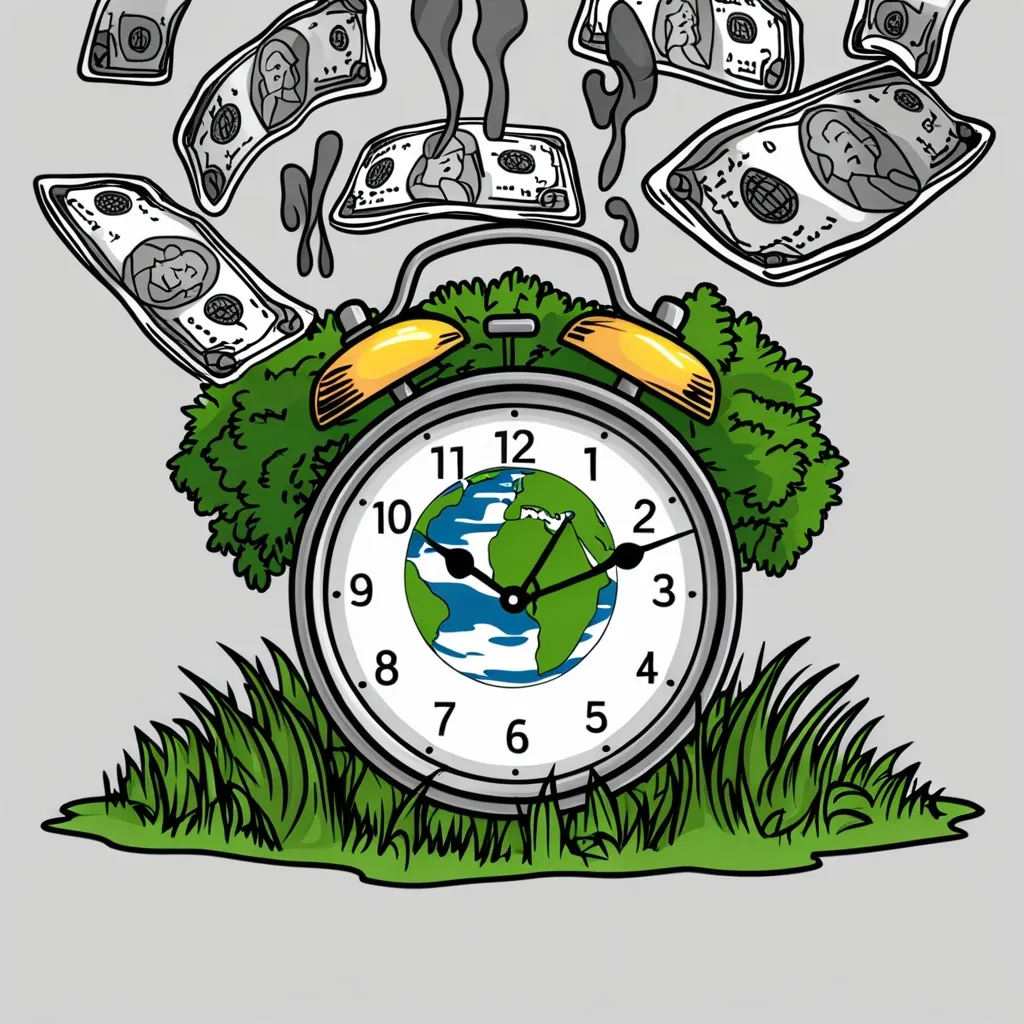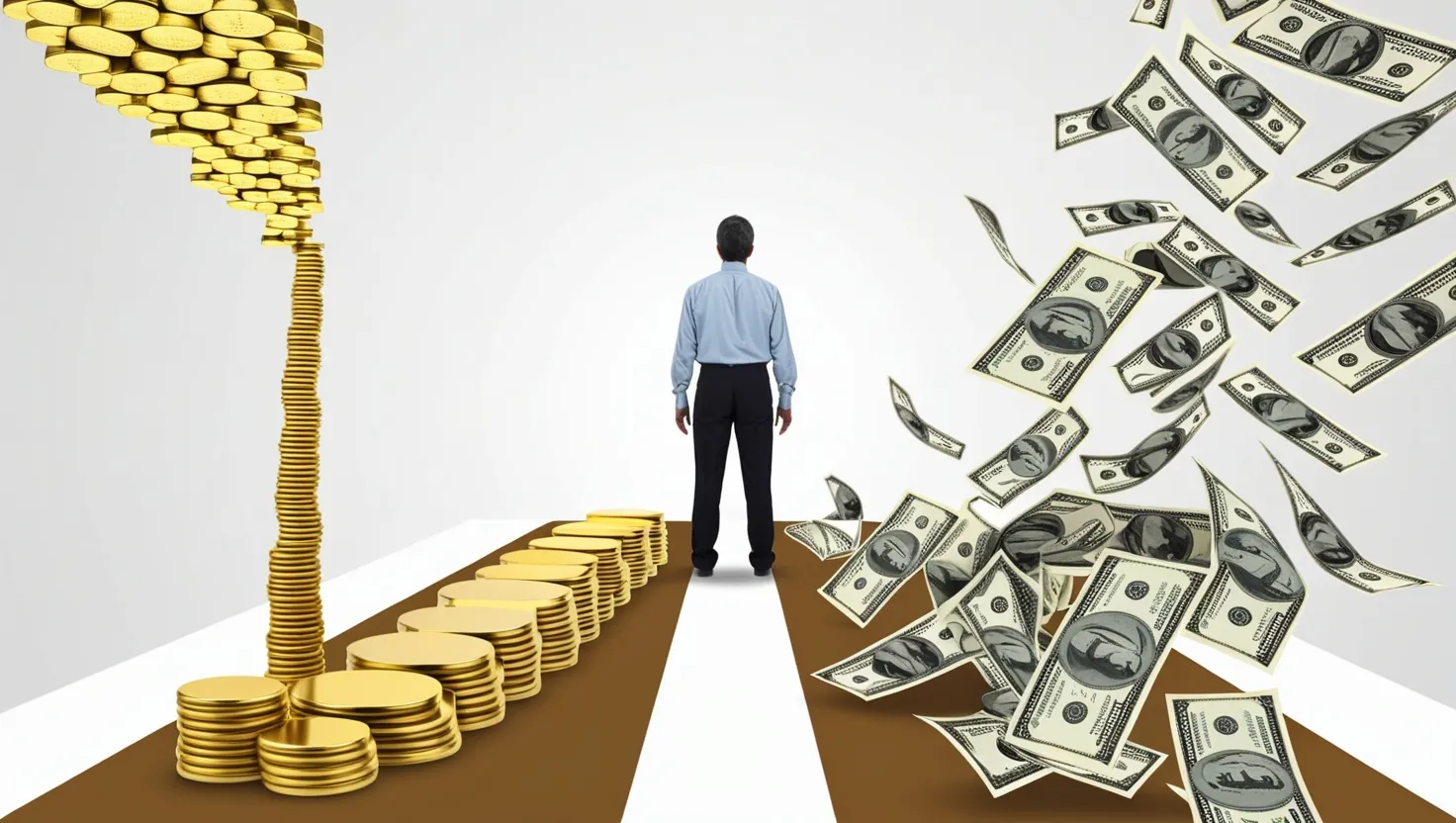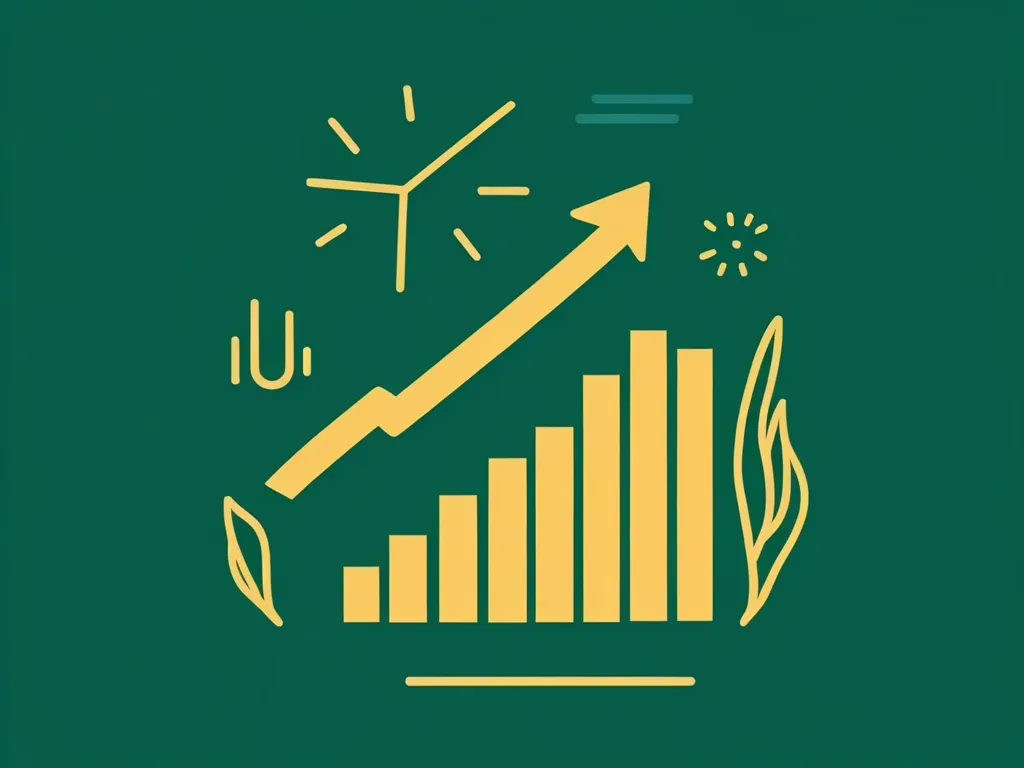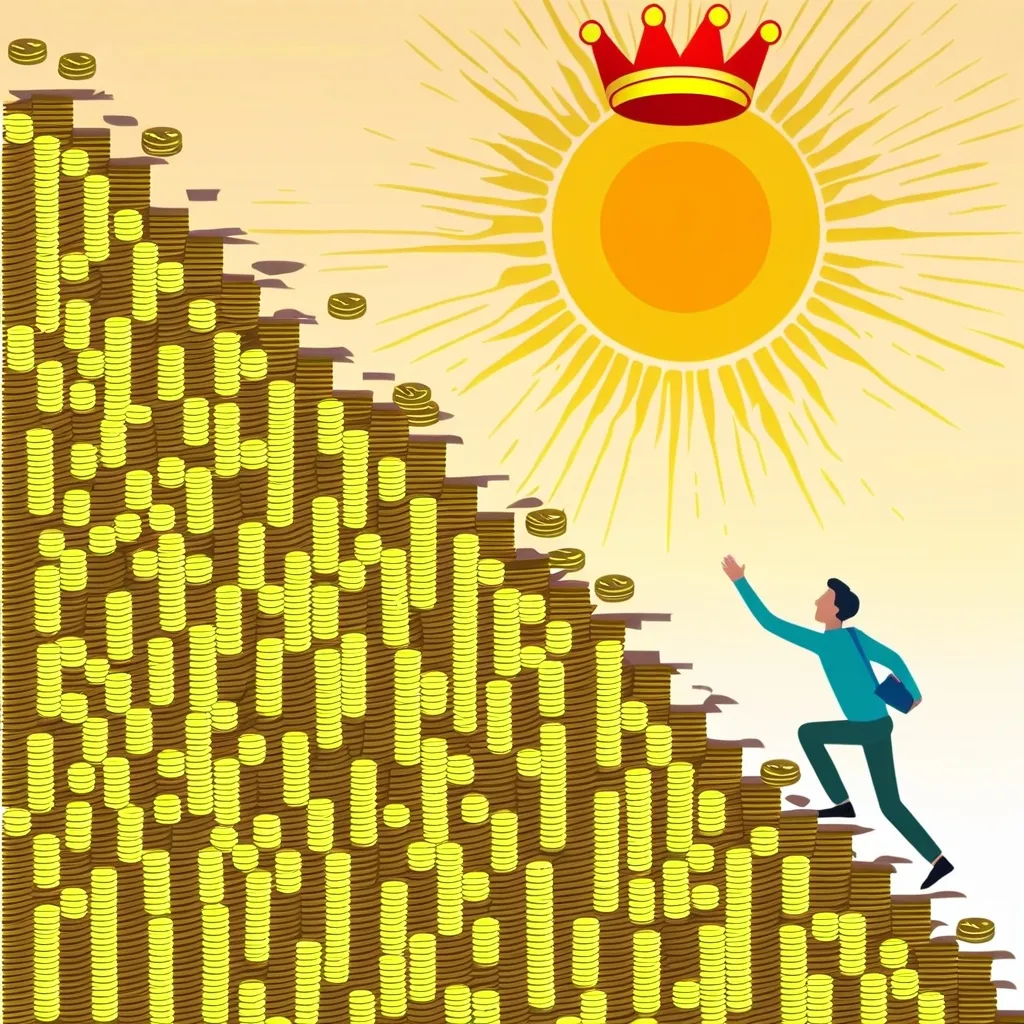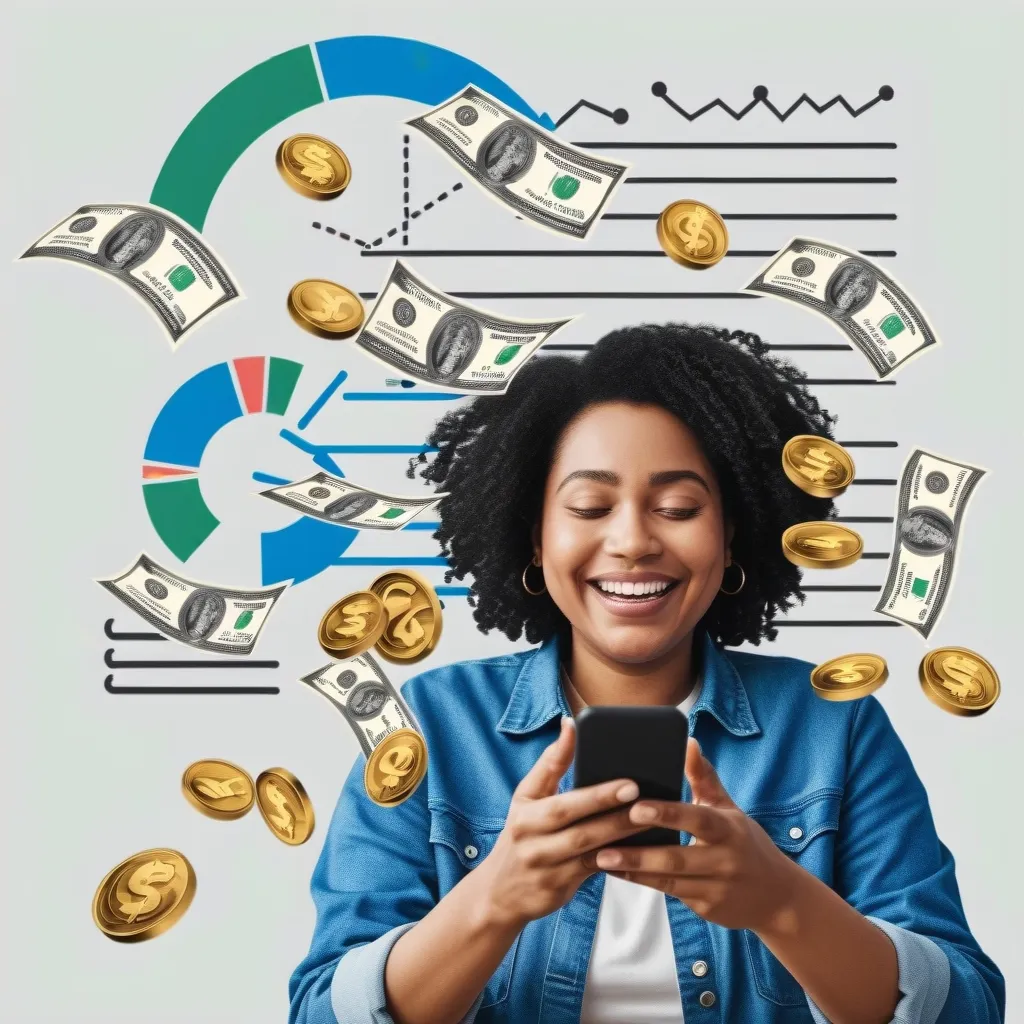In the roller coaster ride of life, keeping a firm grip on financial stability is undeniably crucial. One nifty trick to achieve that much-needed steadiness is by setting up an emergency fund. Think of it like having a financial airbag in your wallet, ready to soften the blow when life takes an unexpected tumble.
Picture walking out to your driveway and your car just flat out refuses to start. Or maybe it’s opening an envelope only to find an outrageously high medical bill. These are the moments we dread, but having an emergency fund means you can breathe a little easier. It’s like having an invisible cushion, ready to absorb the impact of life’s potholes. Without this financial safety net, you might find yourself anxiously reaching for credit cards or taking out loans, and that can quickly spiral into a cycle of debt.
Now, you might wonder, what exactly is this emergency fund thing? Basically, it’s just a piggy bank, but on a slightly more grown-up scale. This pot of money is solely for those unexpected costs that pop up out of nowhere. We’re talking car repairs, surprise hospital visits, sudden house fixes, or even an abrupt job loss. The secret sauce here is having enough saved so these unforeseen expenses don’t throw your daily budget out of whack.
How much cash should this fund hold? Well, it really depends on your own financial situation. A common guideline suggests having enough to cover three to six months of your basic living costs. So, if you blow through $2,000 a month on living expenses, aim to stash away between $6,000 and $12,000. This range is sturdy enough to tackle anything from a broken fridge to an unexpected job loss.
Keeping your emergency fund in check is the next big thing. You want to park this money somewhere safe yet easily accessible. High-yield savings accounts, money market accounts, or short-term certificates of deposit (CDs) are top picks. These places offer liquidity, meaning you can grab your cash quickly if needed and they typically offer better interest rates than your average checking account.
Starting off might feel like facing a steep uphill climb, but it’s doable and incredibly important. Begin by squirreling away small amounts each month or raid every paycheck for a few bucks. Even a small contribution like $5 or $10 from every paycheck can snowball over time. Another cool hack is saving a dollar a day plus any pocket change. By the end of the month, you could have $50 saved and that’s about $600 annually!
Making this saving habit a breeze comes down to automation. Set up direct deposits from your salary into a special savings account. Loads of mobile banking apps can also help automate transfers so your fund keeps growing consistently without you lifting a finger.
Balancing debt and saving might sound like juggling chainsaws while walking a tightrope, but it’s all about finding the sweet spot. Credit card debt, with its brutal interest rates, can balloon quickly. But having a stash of emergency cash is like a non-negotiable anchor. Reviewing your budget to carve out a balance where you can chip away at debts while still feeding your emergency fund is key.
Here’s the deal, having an emergency fund isn’t just about dollar signs; it’s a mental and emotional game-changer. The peace of mind knowing you’ve got a financial parachute can tame stress and anxiety, which are notorious for wreaking havoc on your body and sleep patterns. Plus, it tones down the money-related squabbles with your partner, bringing a calm, steady vibe to your home.
Building up this fund is a practical journey. First, take a good long look at your financial health and calculate your total monthly expenses. From there, set some crystal-clear saving goals and chart out a realistic timeline. Then, open a bank account exclusively for your emergency fund, and consider automating the process. Cutting back on non-essential expenses and channeling the extra dough towards your fund can significantly speed things up.
If you’re hustling with a side gig or scoring some extra cash somewhere, funneling that money into your emergency fund can give it a turbo boost. Financially educated decisions are the backbone here. Utilize resources your banks offer to beef up your money smarts. Regularly reviewing and tweaking your financial goals ensures you stay on track to build and nurture a rock-solid emergency fund.
When it comes to dipping into your emergency fund, it’s essential to lay down some ground rules. Not every unexpected spend is a justified dip into the fund. A shiny new TV or the latest tech gadget? Definitely not. But an emergency surgery or unexpected car repair? Absolutely.
Once you tap into your emergency fund, refill it as quickly as possible. Think of it as polishing your savings muscle. Over time, this becomes second nature and part of your financial routine.
To wrap it up in a bow, an emergency fund is the VIP pass to financial stability. It’s your buffer against random expenses, grudging stress, and spiraling debt. Even by starting small and committing to regular savings, you can grow a fund substantial enough to weather the unexpected storms that life tosses your way. So, why wait? Dive in today and start constructing your financial safety net!

